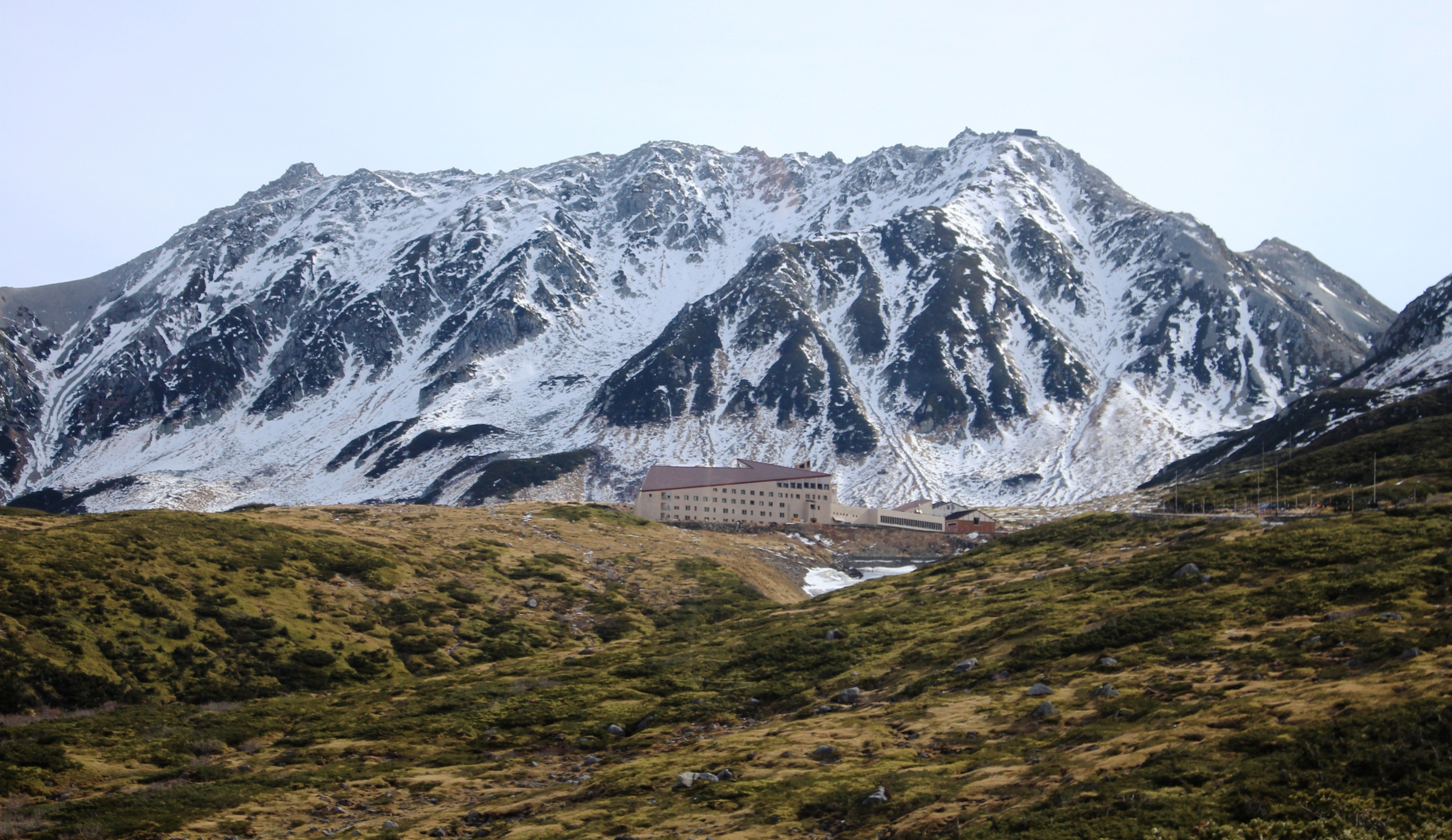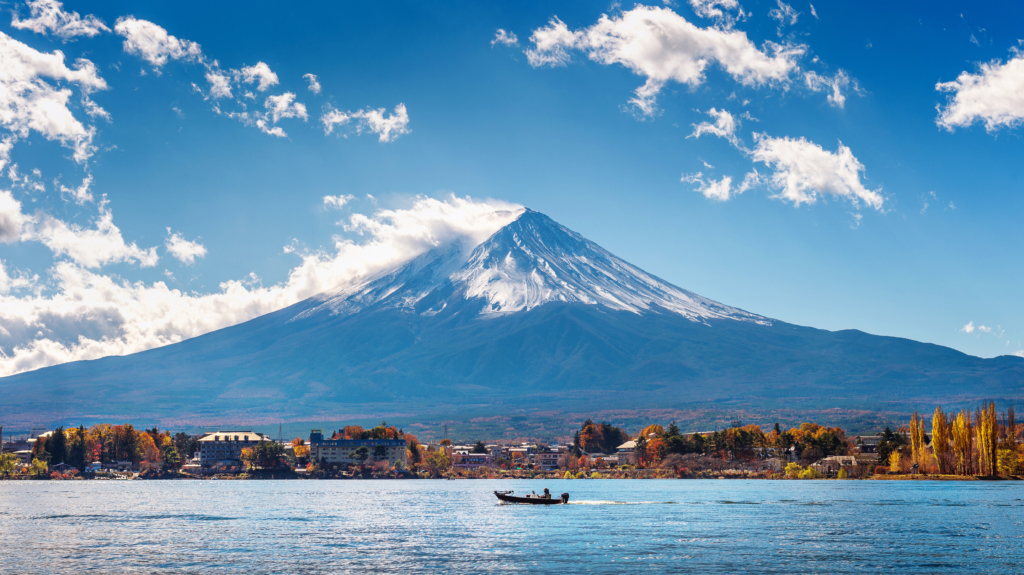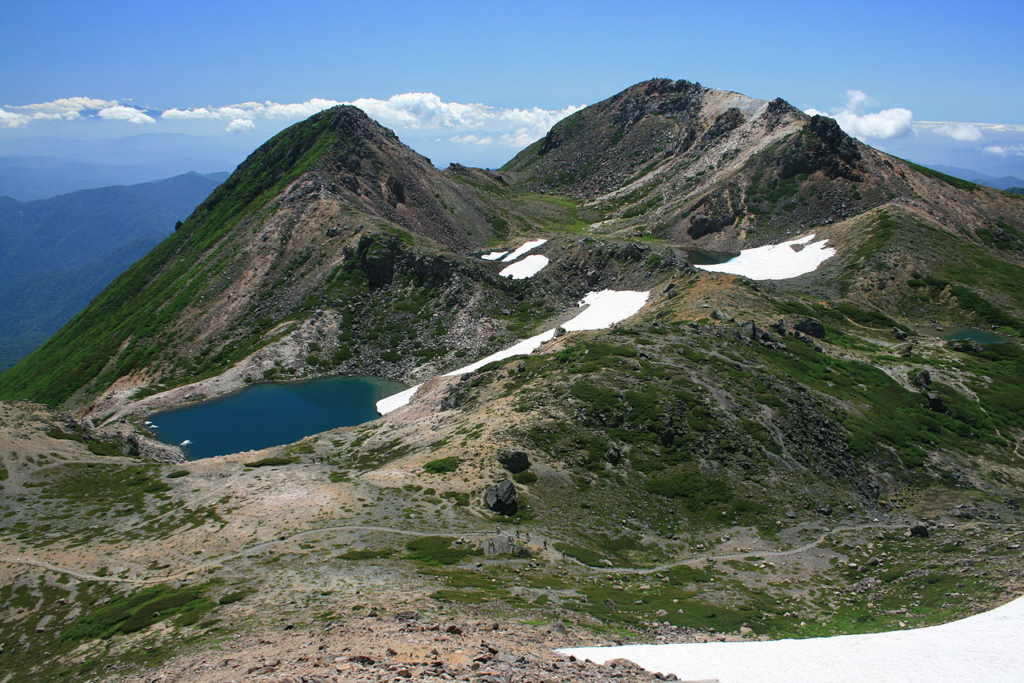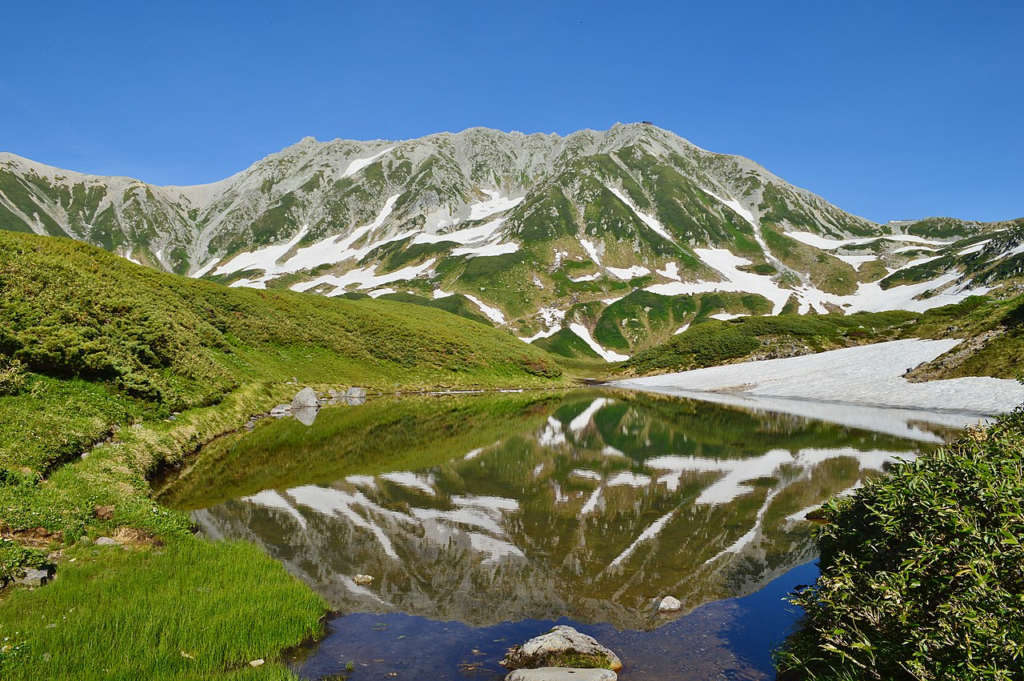3 Holy Mountains of Japan: A Spiritual Journey

Quick Jumplinks to Navigate
Take on a spiritual journey to 3 holy mountains of Japan, where ancient traditions and breathtaking landscapes converge to offer a transformative journey. These sacred peaks, comprising Mount Fuji, Mount Tate, and Mount Haku, hold deep cultural and religious significance for the Japanese.
Mount Fuji, Japan’s tallest peak, is synonymous with beauty and resilience, drawing pilgrims and adventurers alike to witness its iconic silhouette. Mount Tate and Mount Haku, nestled in the Northern Alps, exude a mystical aura, inviting visitors to explore their serene forests and sacred shrines. Whether ascending their lofty summits or meditating amidst their tranquil foothills, the Three Holy Mountains offer a glimpse into Japan’s rich spiritual heritage. Along the way, discover ancient temples, serene lakes, and vibrant flora, immersing yourself in the natural wonders and cultural treasures of this enchanting land.
Japan showcases a wide range of attractions and experiences starting from the grandeur of Tokyo’s Imperial Palace to the perpetual beauty of Kanazawa’s Kenrokuen Garden. Whether admiring ancient temples, strolling through historic cities, or marveling at memorials, these historical places in Japan promise an enriching journey through time.
Mount Fuji – Tallest Among the 3 holy Mountains of Japan

Mount Fuji is the tallest among the 3 holy mountains of Japan and draws the attention of visitors from across the globe, year-round. As the iconic symbol of Japan, this majestic mountain radiates an aura of awe and reverence, its lofty summit shrouded in myth and legend.
Despite the limitation of the ascent to Mount Fuji to the summer months, its breathtaking beauty continues to be a magnificent spectacle throughout the year. Since ancient times, Mount Fuji has held sacred significance, admired by the Ainu, Japan’s indigenous people, and considered a sacred site by Buddhists and Shintoists alike. Its towering presence commands spirituality and respect, serving as a holy sight for pilgrims and seekers of enlightenment.
Whether gazing upon its snow-capped peaks or traversing its verdant foothills, Mount Fuji inspires a sense of wonder, inviting visitors to contemplate the mysteries of nature and the divine. With its timeless beauty and spiritual resonance, Mount Fuji stands as an epitome of Japan’s rich cultural heritage and natural splendor, So, take a journey to the heart of Japan and discover the charm of Mount Fuji, a symbol of beauty, resilience, and spiritual enlightenment.
- Height: 12388.5 ft.
- Best climbing season: Beginning of July to early September
Mount Haku – The Most Significant Holy Mountain of Japan

Mount Haku, known as Hakusan in Japanese, is one of the most significant holy mountains of Japan. People believe that this majestic peak possesses spiritual forces and consider it the life source of the land at its foothills. The rivers originating from Mount Haku—Kuzuryū River, Tedori River, and Nagara River—nourish the surrounding plains, sustaining agriculture and livelihoods for nearby communities. Explore these wonders with Japan Tour Packages.
Covered in snow for over half the year, it offers opportunities for winter sports enthusiasts, attracting skiers and snowboarders to its slopes. While hiking trails are limited due to its rough terrain, those who venture on the few available paths can explore the rich flora and fauna in the mountain’s lap.
The journey to Mount Haku’s summit may be challenging, but it offers a profound connection to nature and a chance to immerse oneself in its untouched beauty. Designated as Hakusan National Park, the mountain and its surroundings are protected, ensuring the preservation of its ecological and spiritual abundance for generations to come.
- Height: 8868 ft.
- Best climbing season: End of July to October
Mount Tate – Also Known as Tateyama

Mount Tate, also known as Tateyama, rises majestically in the northern half of Japan’s Kita Alps, offering natural beauty along with spiritual significance. Renowned for its accessibility, Tateyama attracts hikers and nature enthusiasts to explore its picturesque trails and panoramic vistas.
Yet, beyond its scenic splendor, the mountain holds a deeper spiritual resonance, rooted in centuries-old traditions. In ancient times, Buddhist monks sought enlightenment through ascetic practices amidst Tateyama’s serene landscapes.
Today, visitors flock to experience its tranquility and rejuvenate their spirits in the soothing waters of nearby onsen. Tateyama’s summit, invites pilgrims to embark on a journey of self-discovery, mirroring the ascent to life’s trials and tribulations. The climb to the summit, steeped in mountain lore and tradition, offers a glimpse into paradise and the afterlife.
It is also a celebrated and sacred pilgrimage undertaken by devout souls since the 1600s. Upon reaching the summit, climbers are greeted by a sacred shrine, where they can participate in the ritual of drinking hot sake and receiving blessings from resident priests.
However, a cloak of snow often veils Tateyama’s lofty heights, rendering it inaccessible for much of the year. Nevertheless, modern conveniences such as cable cars and ropeways enhance the mountain’s accessibility, ensuring that visitors can take their spiritual sojourn with ease. Whether seeking solace or basking in the grandeur of its panoramic vistas, Mount Tate is a must-visit holy mountain of Japan for a transformative journey of body, mind, and spirit.
- Height: 9892 ft.
- Best climbing season: From April to October
